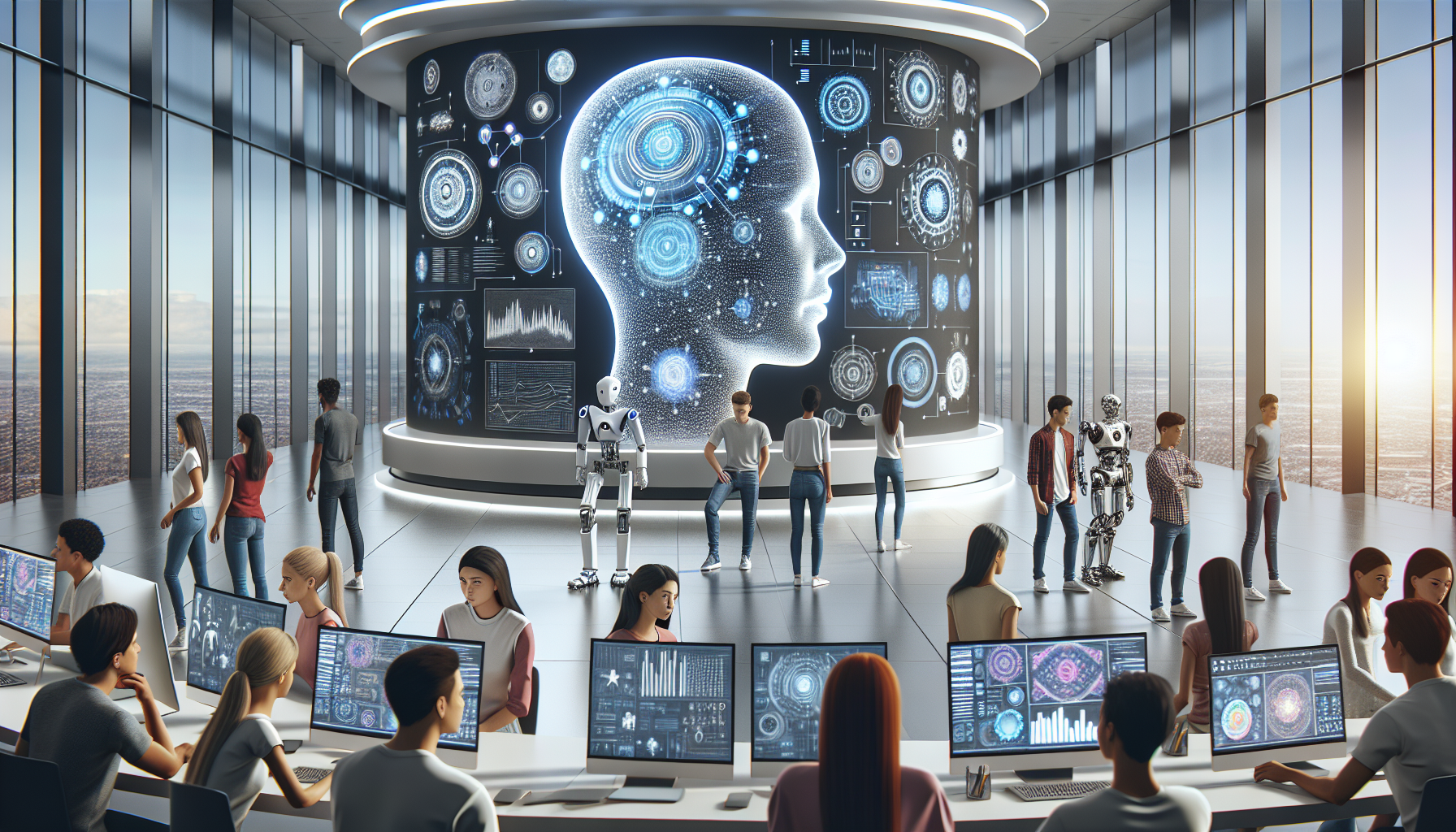
Machine Learning vs. Deep Learning: A Historical Tale of Two Algorithms
May 21, 2025
Welcome, dear reader, to the riveting world of Artificial Intelligence, where algorithms bicker like siblings, each claiming superiority in a quest for world domination—or at least domination of your search engine results. Today, we're diving into the historical showdown between two AI heavyweights: Machine Learning and Deep Learning. Grab your popcorn, because this is a tale that begins in the trenches of academia and ends in the cloud (quite literally).
Once upon a time, in a not-so-faraway land called "The Past," Machine Learning (ML) emerged as the big brain on campus. Imagine ML as the nerdy older sibling who always had their nose in a book, learning everything from how to predict stock prices to diagnosing diseases. This was a time when computers could barely play tic-tac-toe without overheating, and ML was already trying to solve the mysteries of the universe. It was the hero we deserved, but not necessarily the one we needed—or could understand without a statistics degree.
In those early days, ML was all about algorithms like decision trees and logistic regression. These were straightforward, no-nonsense types that got the job done without much fanfare. You know, the kind of algorithms that would wear sensible shoes and always remind you to bring a sweater. But as data grew bigger and more complex, ML needed something more powerful, like a superhero who can leap tall datasets in a single bound.
Enter Deep Learning (DL)—the flashy, enigmatic younger sibling that arrived with neural networks blazing. Picture DL as the rebellious teenager who refuses to do things the old-fashioned way. Instead, it opts for a more mysterious approach, using layers upon layers of neurons to crack problems that would have left traditional ML scratching its hypothetical head. DL was the cool new kid, speaking in the language of convolutional and recurrent layers while ML was still conjugating linear regressions.
Historically, the rivalry between ML and DL can be likened to the age-old debate of cats vs. dogs. Both have their merits, and while one might be more elegant, the other is undeniably more efficient at certain tasks. ML was the steady, reliable workhorse, perfect for tasks like email filtering and fraud detection. It excelled in scenarios where the rules were clear and the data was well-behaved. In contrast, DL thrived in the wild west of unstructured data—think image recognition, natural language processing, and any task where "guess and check" is a legitimate strategy.
As the years rolled on, DL began to hog the spotlight with its jaw-dropping achievements. It wasn't long before it was beating humans at complex games, generating art, and even driving cars (though not always successfully—sorry about your mailbox, DL). Yet, beneath the glitz and glamour, DL had its own quirks. Its insatiable appetite for data and computing power meant it was not the most environmentally friendly sibling on the AI block.
One lesser-known tidbit in this saga is how both ML and DL owe a debt to an unlikely ally: the gaming industry. Yes, those same graphics processing units (GPUs) that powered your childhood video games turned out to be perfect for training deep neural networks. Who knew that a teenage obsession with Mario Kart would someday contribute to advancements in AI? If only we could convince DL to put down the controller and help clean the house.
So, where does that leave us today in the ongoing saga of Machine Learning vs. Deep Learning? In truth, both have found their place in the AI ecosystem, each complementing the other like peanut butter and jelly (or is it peanut butter and chocolate? Discuss). While ML continues to hold its ground in scenarios that require efficiency and interpretability, DL is pushing the boundaries of what's possible in AI, albeit with a few growing pains along the way.
As we close this chapter in our AI history book, one can't help but wonder: what's next for these two algorithmic siblings? Will they join forces to solve humanity's greatest challenges, or continue their friendly rivalry in the quest for digital supremacy? Perhaps the real question isn't which is better, but rather, how we can best harness their unique strengths to build a future where AI works for us all. So, dear reader, ask yourself: How will you be part of this grand tale?


